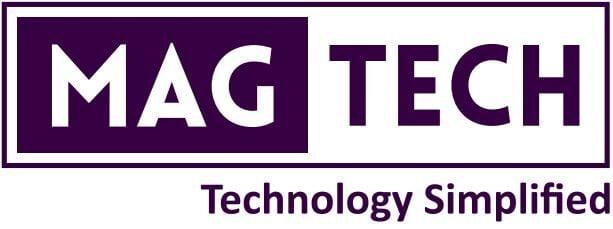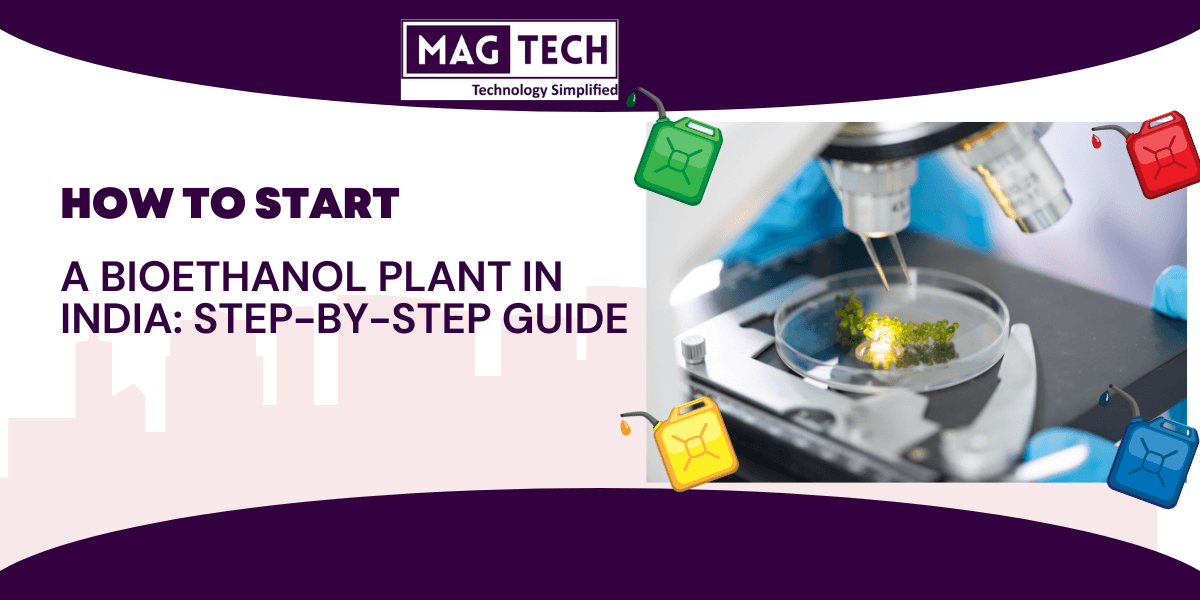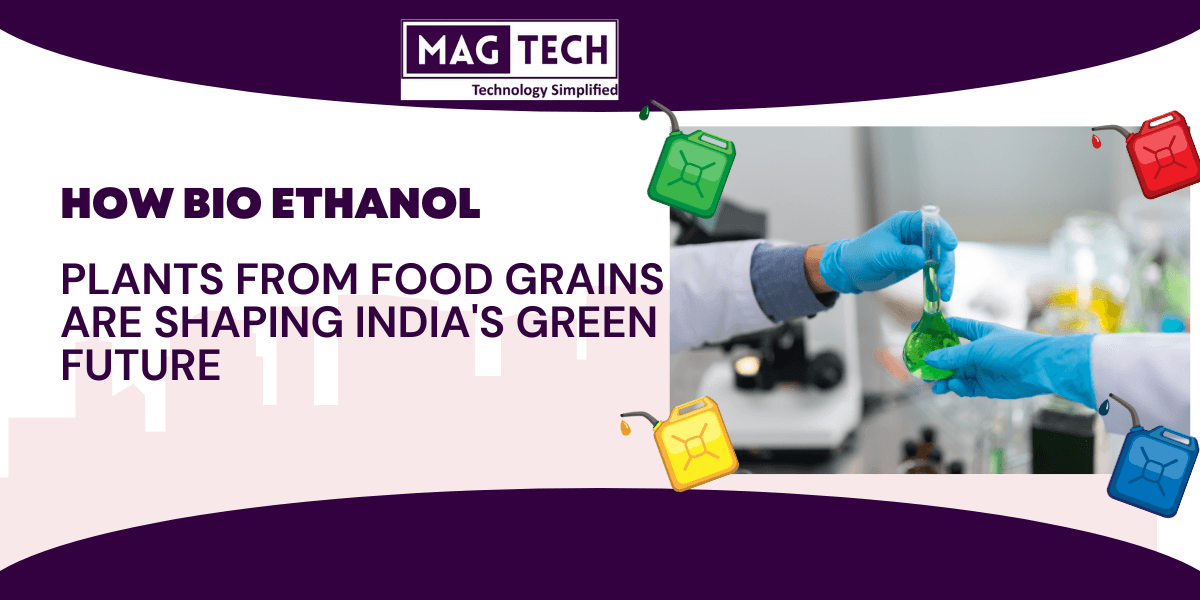The pharmaceutical industry relies heavily on glycerin for applications like drug formulations, cosmetics, and oral care products. In fact, the estimated CAGR of the global market of glycerin in Pharma industry is 6.6% from 2021 to 2030 (132,000 tons in 2020 to 243,641 tons in 2030).
With biodiesel production on the rise, crude glycerol—a byproduct—presents a lucrative opportunity for producers to tap into this growing market.
So, biodiesel manufacturers can add significant value to their operations by adding a glycerine purification unit.
Table of Contents
ToggleBiodiesel Grade of Crude Glycerin as a Byproduct
To avail of this avenue, biodiesel producers must understand the content of crude glycerin produced as a byproduct. This grade needs proper purification processes; consequently, it must undergo rigorous treatment to become pharmaceutical-grade glycerin. Furthermore, it can then be sold as another product to potential buyers.
This chart explains what impurities are present in biodiesel-grade crude glycerin.
| Characteristic | Adjusted Average/Approximate Value (% wt.) |
| Glycerol | 70 |
| Ash | 5 |
| Matter Organic Non-Glycerol (MONG) | 2 |
| Methanol | 0.5 |
| Salt | 5 |
| Moisture (water) | 12 |
| Non-volatile organic compounds | 1.5 |
| Ash insoluble in HCl | 2 |
| Sodium | 1.5 |
| Potassium | 0.5 |
This is just a representation of the impurities present in crude glycerin. The percentages of weight and impurities differ depending on the type of equipment used, feedstock, etc.The pharmaceutical grade of glycerin must be more than 99% pure for various applications. It means, therefore, a vivid glycerin purification process must be followed in order to achieve that high purity level. To understand the required purity of glycerin in pharma industry, we must look into the different acceptable grades elaborately.
Types of Purified Glycerin Used in the Global Pharmaceutical Market
Refined glycerin is an essential ingredient in various industries, including pharmaceuticals. The specifications and grades of glycerin vary depending on the requirements of different pharmacopeias and regions.
Below are the key pharmaceutical grades of glycerin as recognized by major pharmacopoeias:
1. United States Pharmacopoeia (USP) Grade:
- Overview: The USP grade is highly refined and colorless (water-white). It is classified as Generally Recognized As Safe (GRAS) by the US FDA. This makes it suitable for pharmaceuticals, cosmetics, and even food products.
Key Specifications:
- Glycerol content: 99.0% to 101.0%.
- Water content: ≤ 5.0%, though typically around 0.3% in practice.
- Low levels of impurities, such as chlorides (≤ 10 ppm) and heavy metals (≤ 5 ppm).
- Free from harmful compounds like diethylene glycol and ethylene glycol (≤ 0.10% each).
- Applications: USP-grade glycerin is a versatile ingredient in pharmaceuticals, cosmetics, and food products. It is commonly used in syrups, for example, as a sweetener and thickener; in tablets, specifically, as a plasticizer; and in ointments, moreover, as a humectant to retain moisture. Its high purity and FDA GRAS certification ensure safety in sensitive applications like pediatric formulations and dermatological treatments.
2. European Pharmacopoeia (Ph. Eur.) Grade:
- Overview: The Ph. Eur. grade shares many similarities with the USP grade but has distinct specifications to meet European standards.
Key Specifications:
- Glycerol content: 98.0% to 101.0% for one grade and ≥ 99.5% for another.
- Water content: ≤ 2.0%, though usually around 0.3% in practice.
- Impurity limits:
- Halogenated compounds: ≤ 35 ppm.
- Aldehydes: ≤ 10 ppm.
- Chlorides and sulfates: ≤ 10 ppm each.
- Sulfated ash: ≤ 0.01%.
- Applications: Ph. Eur. grade glycerin is widely used across Europe in oral syrups for its sweetening and stabilizing properties. It is also integral to injectable solutions where purity is critical for patient safety.
Topical products like creams and lotions use it as a moisturizer, enhancing skin hydration. This grade is also employed in medical devices like wound dressings and transdermal patches due to its biocompatibility and stability under stringent EU regulations.
3. Japanese Pharmacopoeia (JP) Grade:
- Overview: The JP grade is tailored to Japanese pharmaceutical standards; furthermore, it aligns closely with the USP and Ph. Eur. grades.
Key Features:
- High glycerol content to ensure purity.
- Strict limits on impurities to meet the stringent safety and efficacy standards in Japan.
- Applications: JP-grade glycerin is indispensable in Japan’s pharmaceutical sector. It is used in injectable formulations; moreover, its high purity and stringent impurity controls ensure safety and efficacy.
It is also popular in oral syrups for its sweetening properties and in topical applications like moisturizers and lotions for its skin-conditioning abilities. The grade is favored in Japan for traditional herbal medicines and modern formulations requiring precision and adherence to strict safety standards.
4. Indian Pharmacopoeia (I.P.) and Chemically Pure (CP) Grades:
- Overview: The I.P. and CP grades are prevalent in India, offering high purity for pharmaceuticals, cosmetics, and food industries.
Key Specifications:
- Glycerol content: 99.0% (I.P.) and 98.0% (CP).
- Impurity limits:
- Chlorides: ≤ 10 ppm (I.P.) and ≤ 60 ppm (CP).
- Sulfates: ≤ 10 ppm (I.P.).
- Heavy metals: ≤ 1 ppm.
- Free from arsenic, iron, and other harmful substances.
- Applications: I.P. grade glycerin is essential in India’s pharmaceutical industry, particularly for oral syrups, injectable drugs, and topical skincare products, where safety and purity are prioritized.
CP-grade glycerin, with slightly relaxed impurity standards, finds use in less critical pharmaceutical formulations, cosmetics, and even food applications.
5. Analytical Reagent (AR) Grade:
- Overview: The AR grade is a higher-purity version of the CP grade, designed for laboratory and pharmaceutical applications requiring stringent quality.
Key Specifications:
- Glycerol content: ≥ 99.0%.
- Extremely low levels of impurities such as heavy metals, chlorides, and sulfates.
- Applications: Scientists and pharmaceutical researchers use AR-grade glycerin for analytical purposes and precise quality control in formulations.
6. Industrial White (IW) Grade:
- Overview: IW-grade glycerin has a glycerol content of ≥ 98.0% and is primarily used for industrial applications.
Key Features:
- Less stringent impurity controls compared to pharmaceutical grades.
- High relative density of ≥ 1.2552.
- Applications:Though primarily industrial, pharmaceuticals occasionally use this grade for non-critical formulations.
Key Differences Across Pharmacopoeias:
- Purity Levels: USP and Ph. Eur. grades emphasize ≥ 99% glycerol content, ensuring suitability for medical-grade applications, while industrial grades settle for ≥ 98%.
- Water Content: USP allows up to 5% water content, while Ph. Eur. is stricter at ≤ 2%, ensuring higher stability.
- Impurity Limits: AR and I.P. grades enforce stricter controls on metals and halogenated compounds compared to industrial or technical grades.
Pharmaceutical-grade glycerin is available in several variants, each tailored to specific standards set by global pharmacopeias. USP, Ph. Eur., JP, and I.P. grades ensure high purity and safety for pharmaceutical applications. For less critical uses, grades like CP, IW, and technical glycerin provide cost-effective options.
Purification of Crude Glycerol through Vacuum Distillation in Biodiesel Production Units
The latest purification units can only provide pure glycerin in Pharma that is regulatory-compliant. Biodiesel manufacturers generally use the conventional vacuum distillation process to purify glycerin and meet the pharmacopeia standards.
This process helps separate glycerol from impurities by exploiting differences in boiling points under reduced pressure. Below are the key steps involved in the vacuum distillation process:
1. Pre-treatment of Crude Glycerol:
Before vacuum distillation, crude glycerol often requires a pre-treatment stage. This involves removing larger, insoluble particles such as salts and other solids. One may use a filtration or centrifugation step to remove these materials, ensuring that only the liquid portion of the crude glycerol enters the distillation system.
2. Setting Up the Vacuum Distillation System:
The next step is setting up the vacuum distillation apparatus. The system consists of a distillation column, a condenser, and a vacuum pump. The design of the column, therefore, provides a large surface area for the vaporization and, subsequently, the condensation of glycerol. The design of the column provides a large surface area for the vaporization and condensation of glycerol.
3. Heating the Crude Glycerol:
The pre-treated crude glycerol is then heated in a reboiler. Since the boiling point of glycerol is quite high at atmospheric pressure, the vacuum environment reduces the boiling point, allowing the glycerol to vaporize at lower temperature. As the crude glycerol heats up, it evaporates the lighter components, such as water and methanol, first.
4. Separation of Volatile Components:
The vaporized components rise through the distillation column, where they begin to separate based on their boiling points. Lighter components, like methanol and water, will condense in the upper section of the column, while heavier components, like refined glycerol, remain in the lower section.
5. Condensation and Collection:
The distillation column, therefore, directs the rising vapor into a condenser, where, subsequently, it cools and condenses back into liquid form. The workers, therefore, separate and collect the methanol and water in different containers.The collection team, therefore, collects the purified glycerol at the bottom of the column.
6. Post-distillation Treatment:
After the distillation, the purified glycerol may still contain trace impurities. Additionally, treatment steps like decolorization (removal of color impurities) or, furthermore, drying (removal of residual water) might apply to ensure high purity. Activated carbon or other adsorbents, therefore, can improve the final quality.
This process ensures crude glycerin reaches regulatory-level purity and becomes another source of revenue for biodiesel manufacturers.
Choose MAGTECH for Expert Glycerin Purification Solutions
Refining glycerin from biodiesel production is essential for maximising its value. For this, you need an experienced team of engineers and field technicians to install a glycerin purification unit.
MAGTECH, with over 10 years of expertise, offers top-tier biodiesel solutions, including efficient glycerin purification systems. We aim to educate our biodiesel clients with the latest knowledge and help them make informed decisions regarding glycerin refining onsite.
Trust MAGTECH to streamline your biodiesel operations and chart the new avenues of glycerin in Pharma industry. Contact us today for advanced and reliable solutions!


